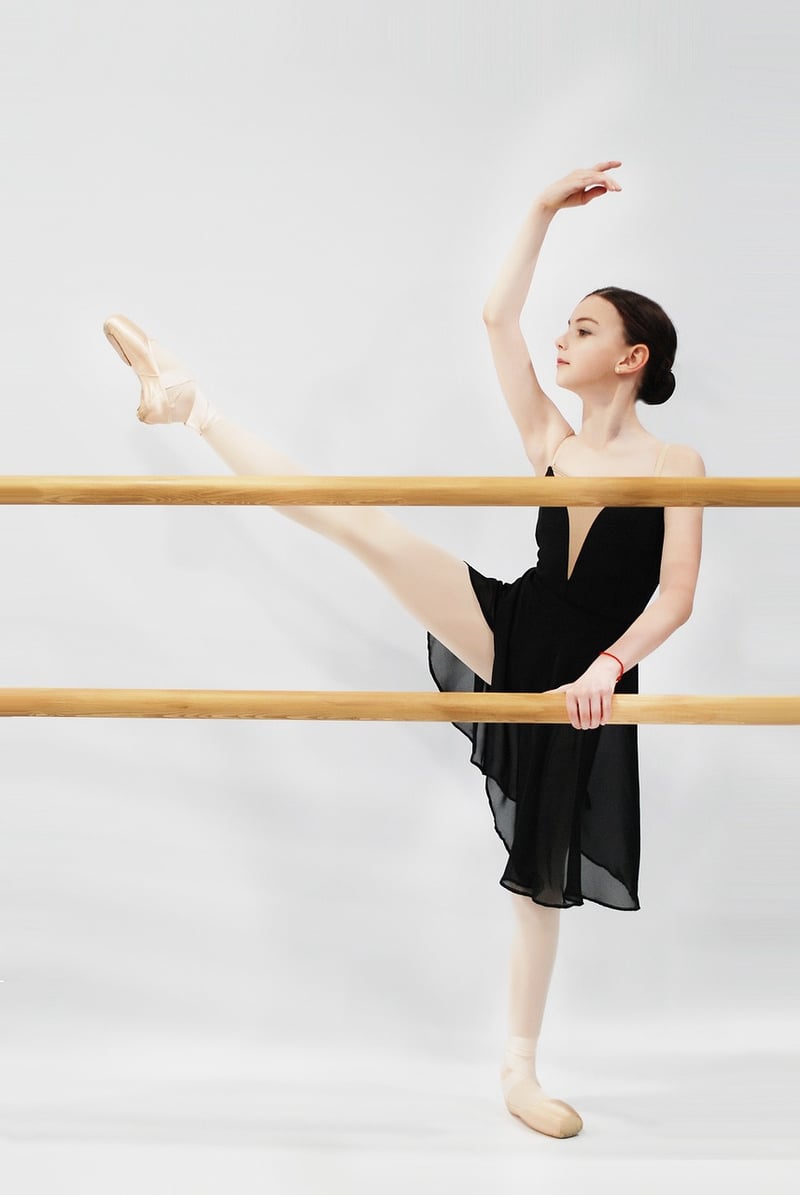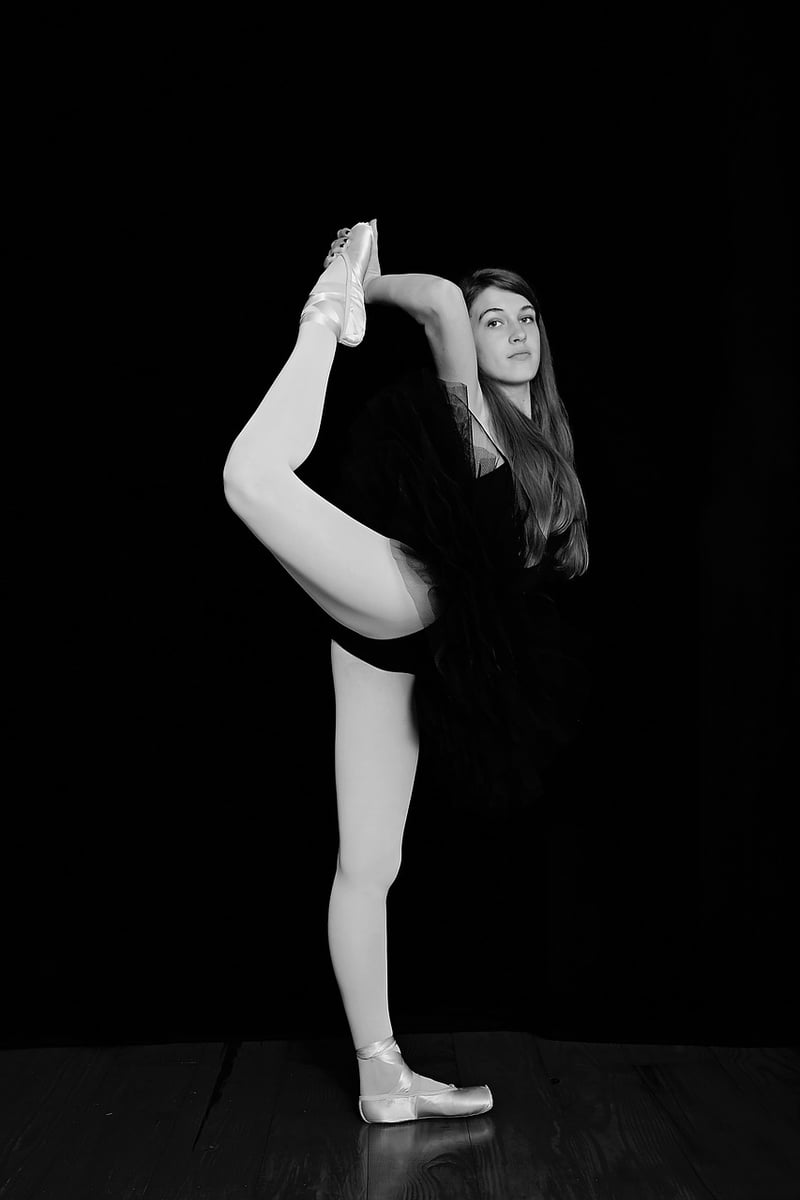Contemporary
The Art of Expressive Movement in Contemporary Dance
Contemporary dance is a genre that thrives on innovation, creativity, and the freedom of expression. One of the key elements that make contemporary dance so captivating is the use of expressive movement. Dancers in this genre often push boundaries, challenge traditional techniques, and communicate powerful emotions through their movements.
What is Expressive Movement?
Expressive movement in contemporary dance goes beyond just executing steps or choreography. It involves embodying the music, exploring new ways of moving, and conveying a story or emotion through physical gestures. Dancers use their entire body as a tool for expression, incorporating fluidity, strength, and depth into their movements.

The Power of Emotion
Through expressive movement, contemporary dancers have the ability to evoke a wide range of emotions in their audience. Whether it's joy, sadness, anger, or love, dancers can convey these feelings through their body language, facial expressions, and dynamics in movement. This emotional connection is what often resonates with viewers and makes contemporary dance performances so impactful.
Innovation and Creativity
Expressive movement allows dancers to break free from conventional dance forms and explore new possibilities. By experimenting with different styles, techniques, and concepts, dancers can create unique and compelling choreography that pushes the boundaries of traditional dance. This emphasis on innovation and creativity is what sets contemporary dance apart as a dynamic and evolving art form.

The Role of Improvisation
Improvisation plays a significant role in the development of expressive movement in contemporary dance. Dancers often improvise during rehearsals or performances, allowing them to explore spontaneous movements and discover new ways of expressing themselves. This sense of freedom and spontaneity adds a fresh and unpredictable element to contemporary dance, making each performance truly unique.
Conclusion
Expressive movement is at the heart of contemporary dance, driving innovation, creativity, and emotional connection in performances. Dancers who embrace this form of movement have the opportunity to create powerful and unforgettable experiences for themselves and their audience. Through their expressive gestures, fluid movements, and emotional depth, contemporary dancers continue to push the boundaries of what is possible in the world of dance.
